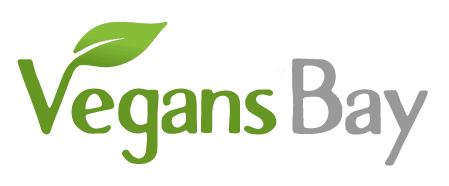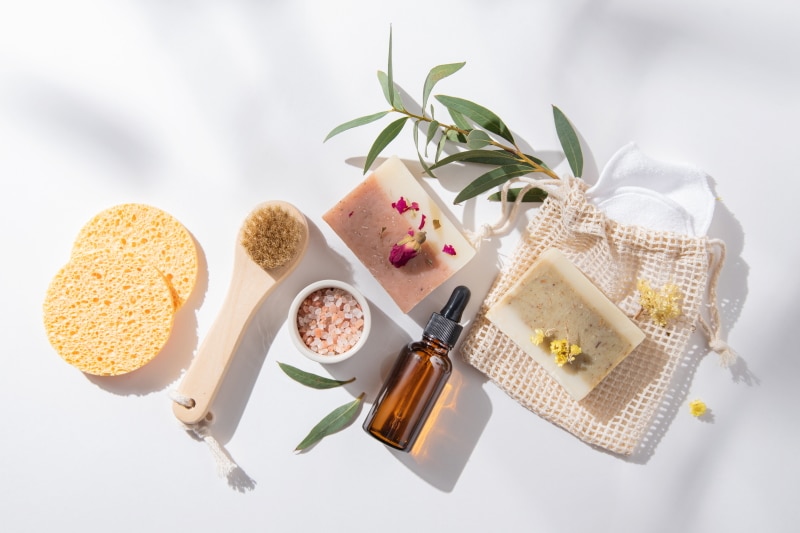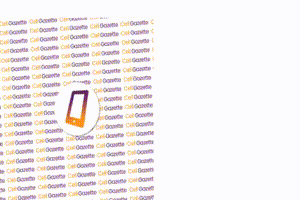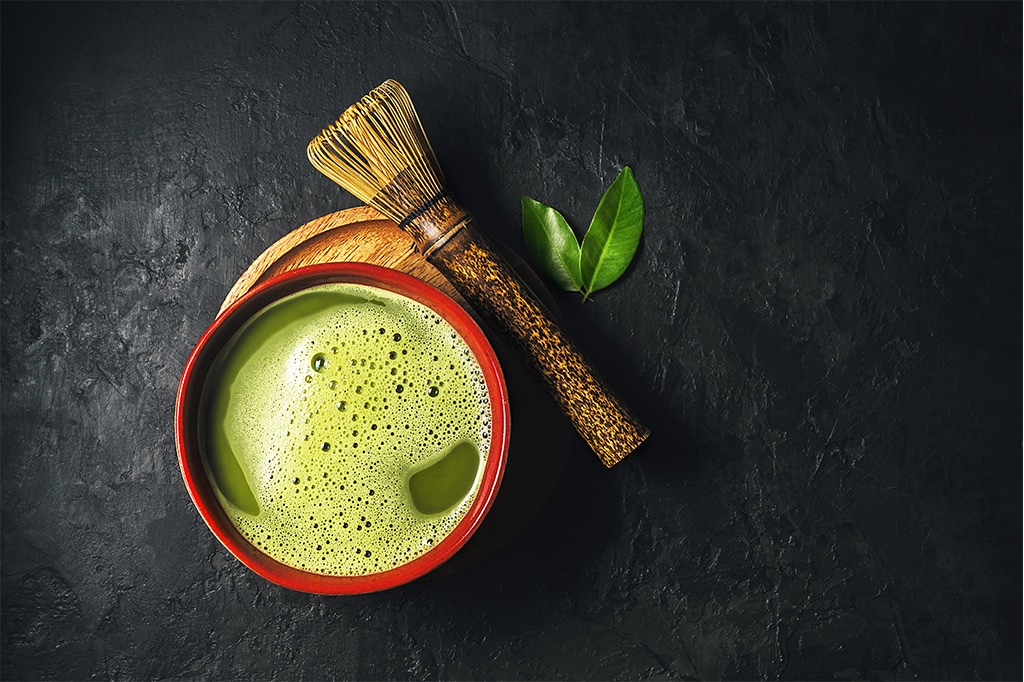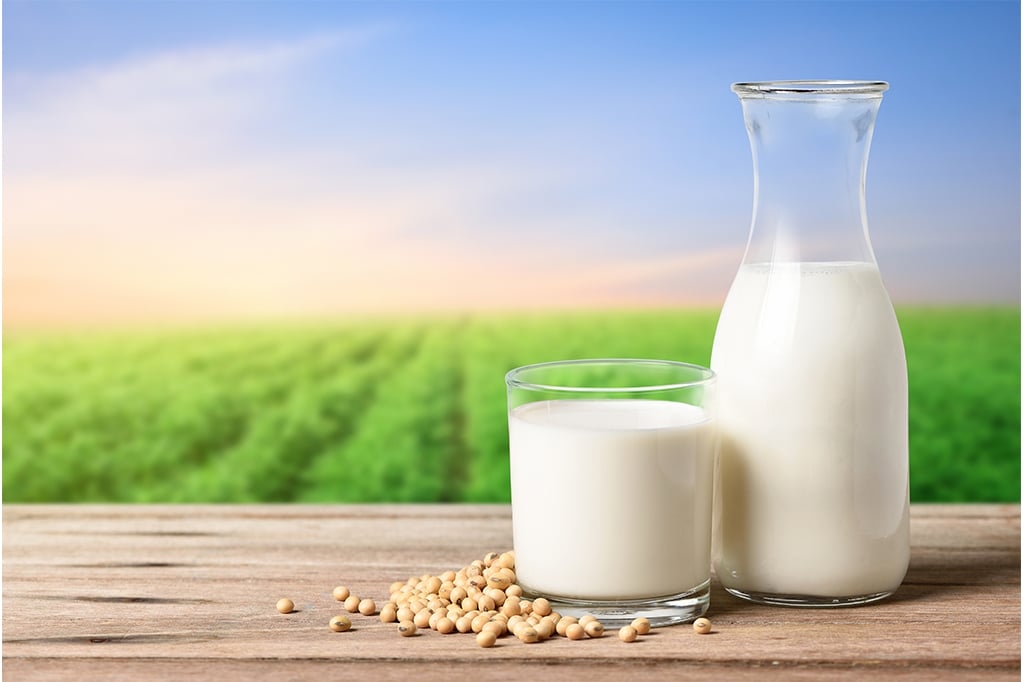Are your cleaning goods causing harm to animals and the environment?
With March rushing in and bringing the first indications of spring, you may be tempted to thoroughly clean your home in preparation for the new season. However, it’s safe to say that since the epidemic first hit the planet, most of us have become regular cleaning wizards, sanitizing our hands and every surface of our homes and businesses at every chance. But did you know that not only are most cleaning products not vegan-friendly, but many of them are also harmful to Mother Nature?
Here’s what you should know before beginning your next spring cleaning project.
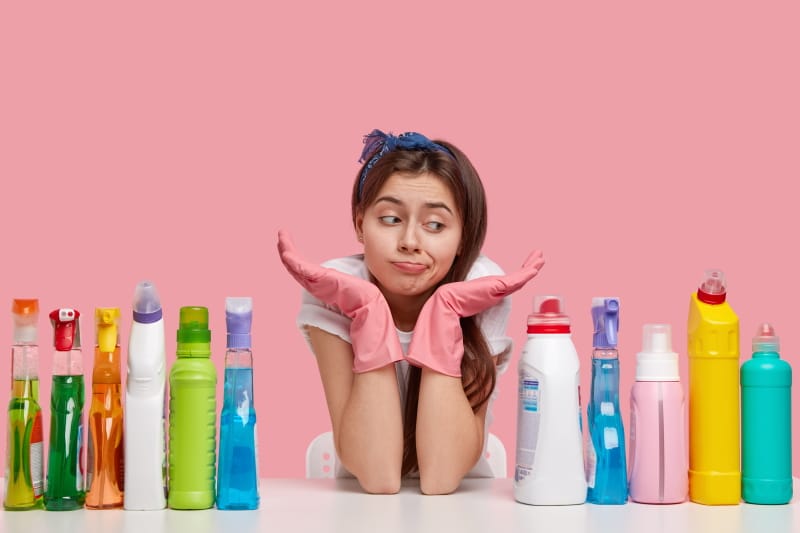
Why aren’t certain products not vegan?
To be vegan-friendly, a floor cleaner, kitchen spray, or washing powder must not include any animal components and must not have been tested on animals. Many items on the market will claim to be cruelty-free, however, this does not always imply that they are vegan. Similarly, many goods declare that they do not include any animal products, but this does not imply that they are cruelty-free! You must ensure that anything you purchase clearly specifies that it is vegan, cruelty-free, and not tested on animals.
While food labeling is improving by the day, it is still difficult to find vegan cleaning products because most do not have vegan labels or certifications. Furthermore, labels frequently include technical names for the chemicals they contain, making it hard for us to distinguish between vegan and non-vegan components.
Common cleaning detergents and sprays may include up to ten animal-derived components. Some of the most frequent nonvegan components to check for on labels are as follows:
• Animal glycerol and stearic acid —fats from animals
• Animal lecithin – a kind of waxy nerve tissue
• Caprylic acid, which is derived from cow’s milk
• Oleyl alcohols (derived from fish)
• Tallow – beef fat that has been rendered
There are also several procedures employed in the manufacture of cleaning products that include animal abuse, rendering them inappropriate for vegans. This is true for both ‘bio’ and ‘non-bio’ laundry detergents. Enzymes are used in bio detergents to break down stains.
These enzymes can be obtained from plants, but they can also be obtained from animals and their derivatives, according to The Vegan Society. Furthermore, these enzymes are frequently cultivated by fermentation, which employs both liquid and solid surfaces to grow bacteria. These surfaces are composed of a variety of materials, many of which are originated from animals.
So, even though the end-product does not include any animal components, the production methods may have resulted in the suffering of innocent animals (vegansociety.com). Companies can get a variety of certifications, including those from Cruelty-Free International, PETA, and The Vegan Society. Large brands with accepted certifications include Astonish, Method, Method Naked, Ecover, BioD, and ZoFlora.
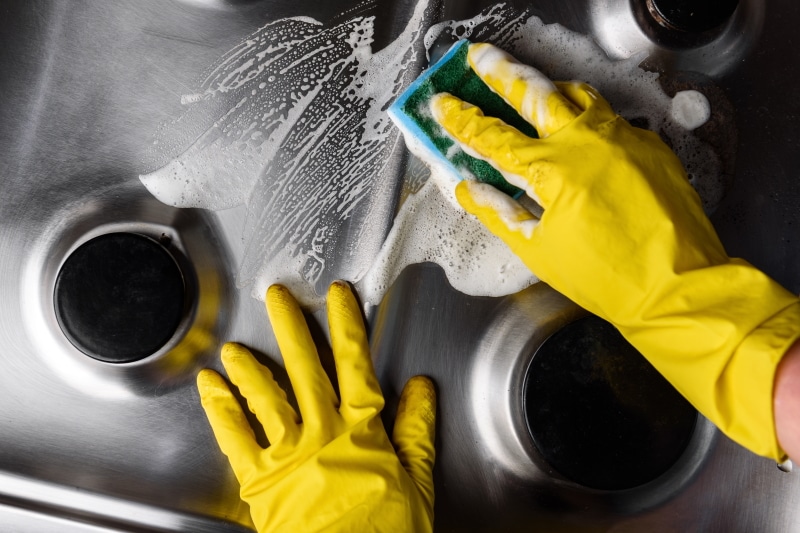
Why are certain items harmful to the environment?
Even if a cleaning product hasn’t been tested on animals, that doesn’t mean it’s not harmful to the environment – it might still be extremely harmful. Many common home goods contain hazardous compounds that will ultimately make their way into ecosystems and disrupt the delicate balance of life.
These chemicals are harmful to consume or come into contact with, for both people and animals, as well as plants in the environment. Many cleaning chemicals have been classified by the Environment Protection Agency as Volatile Organic Compounds (VOCs), like ammonia, phosphorous, and nitrogen, which cause damage in numerous ways.
When we use cleaning products that contain VOCs and other toxic substances, on our baths, toilets, dishwashers, and sinks, these chemicals eventually wash down the drain. Carried in water, they journey to water treatment facilities, where many contaminants are removed before the water flows back to lakes and rivers.
However, not all of the nasties are removed from the water at these treatment plants, so substantial levels of toxins accumulate in bodies of water over time, causing severe impacts on species and landscapes. In rare situations, chemicals can hasten plant development, resulting in thick vegetation that can suffocate animals and finally decays in massive numbers, damaging the environment. This is the situation with algae; certain cleaning agents cause it to flourish uncontrolled, consuming all of the oxygen in the water and destroying aquatic life.
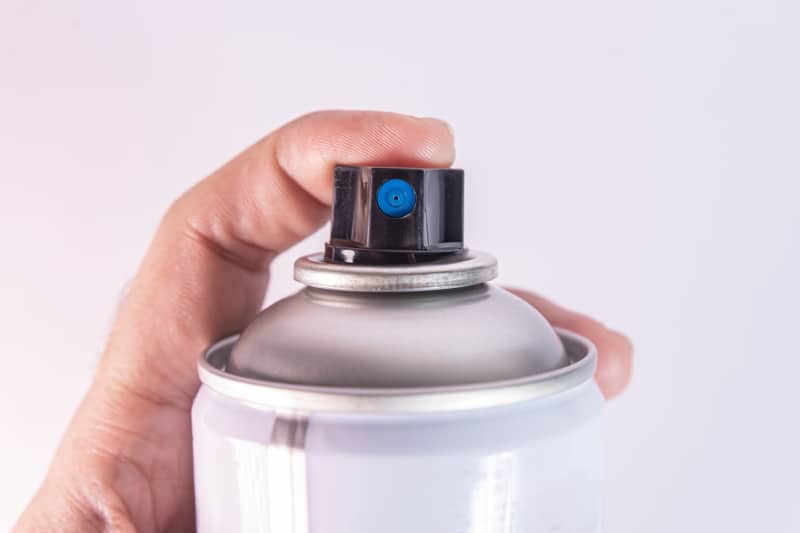
Similarly, bleach and other chemicals react with minerals in water to generate hazardous poisons that are nearly hard to remove. Many of these harmful poisons can stay in water or soil for decades, causing long-term harm to animal and plant life and wreaking havoc on the environment.
VOCs are also harmful to ground-level ozone and, in high enough concentrations, can contribute to climate change. But it’s not just about what’s in cleaning products; it’s also about how they’re packaged — most are in single-use packaging, which isn’t completely recyclable and frequently ends up in a landfill. Because commercial plastic is not biodegradable, it remains in landfills permanently, accumulating over time. Much of what is deposited on landfills drift into neighboring areas, becoming a blight on our eyes as well as a hazard to animals. VOCs leftover in half-empty containers can also cause issues at disposal sites, damaging animal life and plants.
What are our options?
We must learn to identify items that are not just vegan and cruelty-free, but also environmentally friendly. Make an effort to do the following:
• Reduce the number of goods you use – do you really need many products that each promise to perform something different? Limit your home cleaners to one or two that can perform various functions.
• Look for the Vegan Trademark and the cruelty-free Leaping Bunny insignia on labels.
• Keep an eye out for warning signals on product labels that indicate how chemicals in items may affect the environment.
• Be wary of compounds such as bleach, chlorine, and dioxin, and avoid items containing these chemicals.
• Keep in mind that glycerol, stearic acid, lecithin, caprylic acid, alkyl alcohols, and tallow are typically derived from animals, so avoid goods containing these ingredients.
• To reduce packaging, choose refillable or concentrated cleansers.
• Create your own DIY cleaning solutions using empty, reused packaging that you already own.
To clean, go vegan and green
Here are a few cleaning supplies suggested to start:
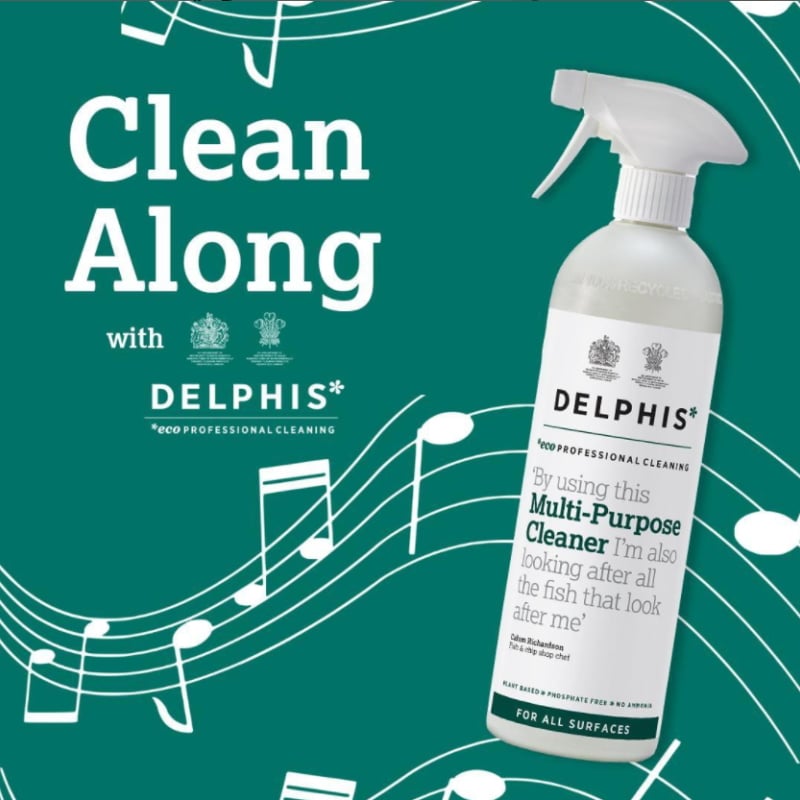
Delphis
Multi-purpose cleaner
This spray is great for cleaning surfaces, floors, and bathrooms, to mention a few. It contains no VOCs, chlorine bleaches, phosphates, solvents, or scents and is packaged in recycled and recyclable materials. £4, delphiseco.com
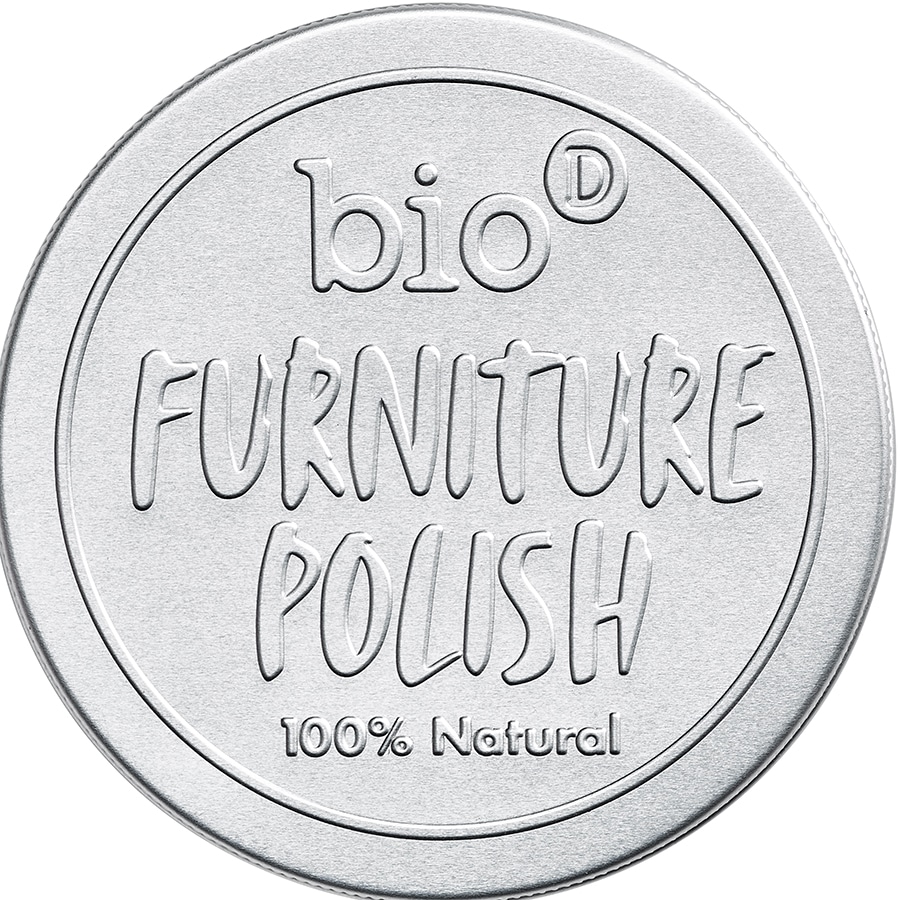
Bio-D
Furniture Polish
A flexible vegan wax polish for use on natural wood around the home, from furniture to banisters and everything in between! £8, available at biod.co.uk.
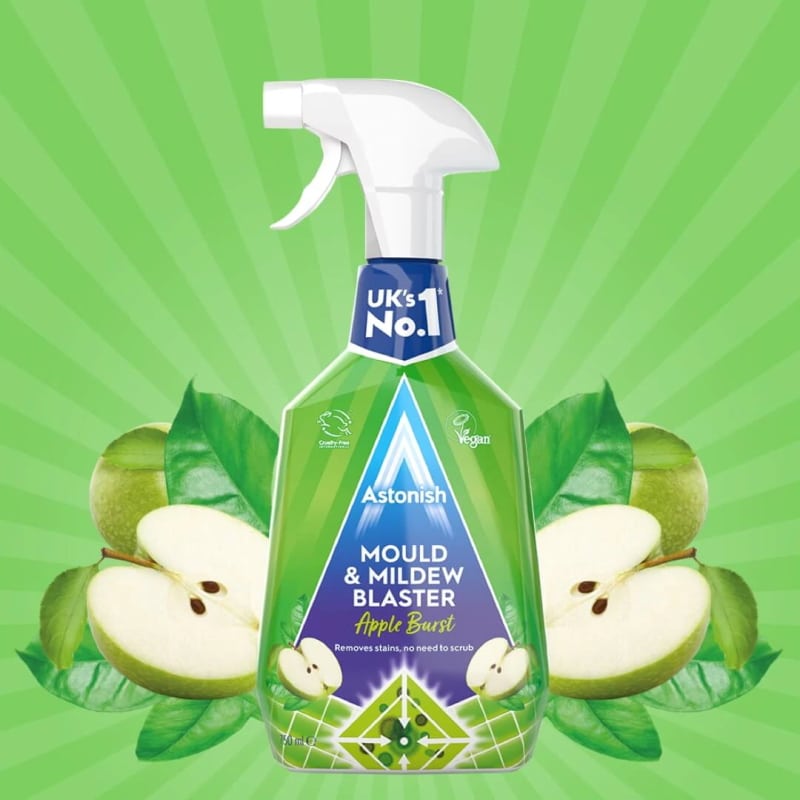
Astonish
Mold and Mildew Remover
In minutes, blast away difficult stains and efficiently eliminate mold and mildew. Walls, window frames, glass, shower curtains, bathroom tiles, grout, silicone sealant, concrete, sinks, and plug holes are all good places to start. £1, astonish.co.uk
